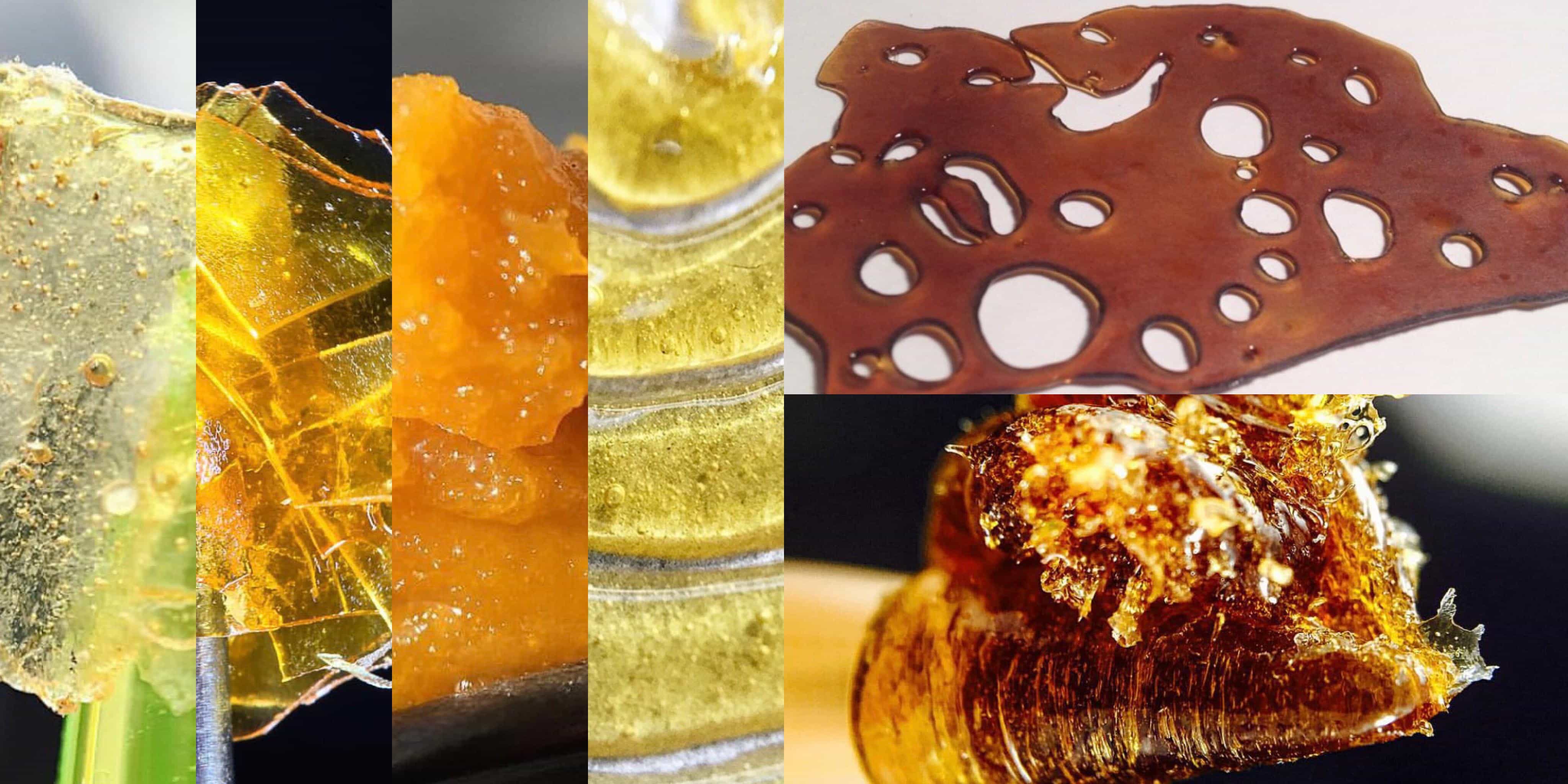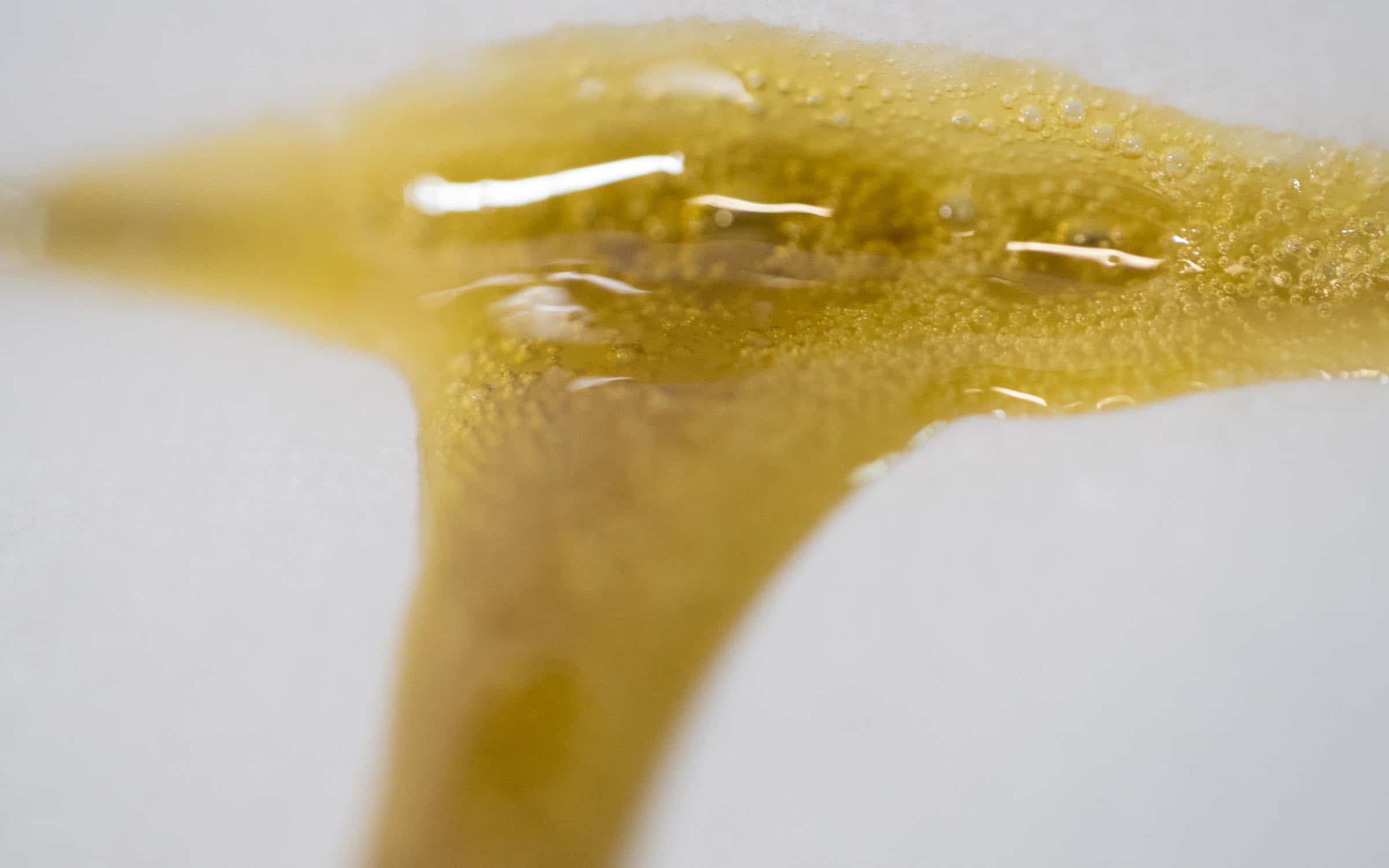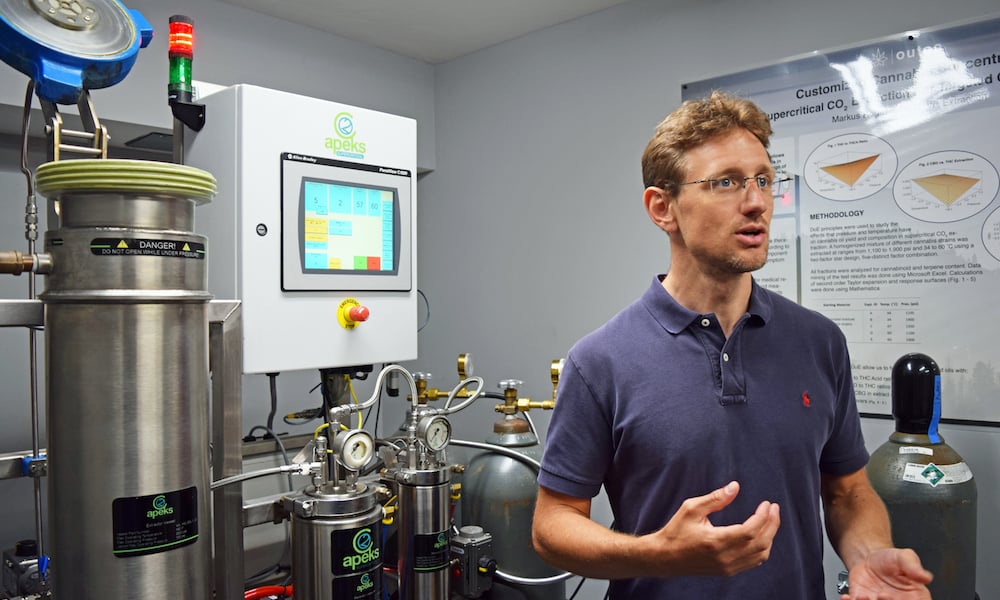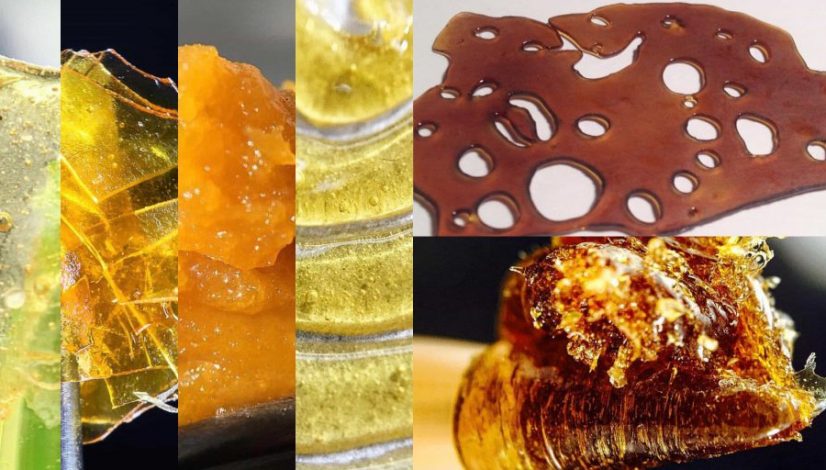How Experts Are Using CO2 Extraction to Make Designer Concentrates
The post How Experts Are Using CO2 Extraction to Make Designer Concentrates appeared first on High Times.
As concentrates continue to gain market share in the cannabis industry, educated consumers have shown concern for the safety of their dabs and vapes. Quality and safety can both be influenced by the method of extraction and the skill of the person performing the operation. In particular, experts are using CO2 extraction to create some of the highest-quality concentrates ever to hit the market.
The World of Cannabis Concentrates

Many of the concentrates available today are produced using a solvent to dissolve cannabinoids and terpenes from plant material, be it flower or trim. Solvents commonly used include ethanol, butane or other hydrocarbons, and carbon dioxide (CO₂).
Each process has its benefits and drawbacks, and you’ll find diehard advocates for them all.
Dr. Markus Roggen is the vice president for extraction at OutCo Labs in El Cajon, California. Located in an unincorporated area, OutCo operates under strict regulations implemented by San Diego County and enforced by the sheriff’s department.
Those rules prohibit the production of concentrates using ethanol or volatile gases such as butane, so OutCo uses a CO₂ extractor to create cannabis oil that it processes into products ready for the consumer.
“We can get into a philosophical discussion about if it should be CO₂ or butane or ethanol, but our specialty is CO₂,” Roggen said. “I think it’s the most difficult to use, but it offers the best possible extracts.”
He also mentioned that butane contains harmful chemicals such as benzene, and that ethanol, while commonly used, is toxic to the human body. Butane and alcohol are powerful solvents that quickly strip cannabinoids, terpenes and other plant compounds from cannabis.
Carbon dioxide, when compared to these methods, works much slower. But Roggen—who has an extensive scientific background—has used his expertise to design and execute experiments to learn how to optimize CO₂ extraction.
Using CO2 Extraction to Make Designer Concentrates

By varying the temperature and pressure of the CO₂ running through the machine during CO2 extraction, Roggen can manipulate extraction processes to separate the different compounds present in the cannabis.
During the first phase, the CO₂ is kept at low temperature and pressure, so only the volatile terpenes are fractionated—or separated—from the flower. Then the pressure and temperature are dialed up, and the cannabinoids are removed.
This protects the fragile terpenes from the harsher conditions used to extract the cannabinoids.
“The first fraction has all the flavor, the second has all the buzz,” Roggen said.
During the second phase, Roggen has the ability to decarboxylate cannabinoids, as well as control their ratio in the oil that is produced. For example, if the cannabis being extracted has a 3:1 THC: CBD ratio, the extractor can be calibrated to produce a finished oil with a 2:1 ratio, preserving the CBD while reducing the psychoactive properties.
For vape cartridges, the terpenes are added back to the cannabinoids for flavor. This gives Dr. Roggen another opportunity to design the exact concentrate he is looking for. By controlling the terpenes that are reintroduced to the cannabinoids, the flavor and type of high can also be influenced.
“I can turn an indica strain into a sativa oil,” he said.
After cannabis has been extracted, the oil can be processed into a myriad of products including wax, shatter and cannabis oils for vape pen cartridges, edibles and topicals.
Future Innovations

Photo by A.J. Herrington
Roggen also added that there is still a lot of room for future developments and innovations. Presently, much of the research into cannabinoids has focused on THC and CBD.
But other compounds such as THCA and CBG also have potential as medicinal therapies, and targeted CO₂ extraction can isolate these and many other compounds. As the medical research catches up with production capability, even more precisely-designed concentrates will be possible.
The post How Experts Are Using CO2 Extraction to Make Designer Concentrates appeared first on High Times.


